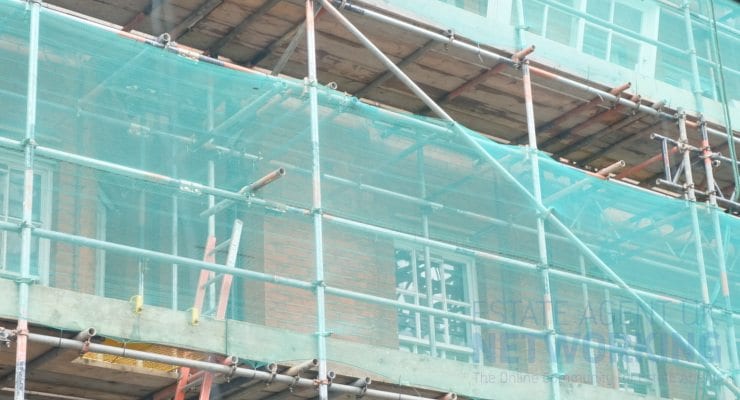Residential Performance Dives, Dragging Entire Sector Down
Glenigan Review sees UK construction recovery put on pause as private housebuilding activity plummets
Project starts decline by 22% during the Review period, 36% down compared to 2024 levels
Main contract awards value slashed by 33% year-on-year, representing a 24% decrease relative to the prior three-month period
Planning approvals nosedived 48% against the previous three months, falling 17% on the previous year.
Today, Glenigan | Powered by Hubexo (Glenigan), one of the construction industry’s leading insight and intelligence experts, releases the September 2025 edition of its Construction Review.
The Review focuses on the three months to the end of August 2025, covering all major (>£100m) and underlying (<£100m) projects, with all underlying figures seasonally adjusted.
It’s a report providing a detailed and comprehensive analysis of year-on-year construction data, giving built environment professionals a unique insight into sector performance over the past year.
Performance plummets
If the August Review indicated that construction sector recovery was stalling, then September’s edition paints an even grimmer picture of an industry once again grappling in the grips of decline. What seemingly appeared to be renewed momentum over the summer, has been derailed by a succession of external socioeconomic events, from international turmoil to knee-jerk domestic policies which have crippled investor and consumer confidence alike.
Couple that with a general failure to launch on public projects, post Spending Review, and it’s clear to see that summer is well and truly over, with contractors and subcontractors facing a perfect storm as they head into Q.4 2025.
Construction starts on site fell significantly, dropping 22% in the three months to the end of August to finish over a third (-36%) down compared to last year.
A chart with blue and black textAI-generated content may be incorrect.
Main contract awards were similarly down compared to 2024 (-33%) and shed a quarter of their value in the three months to the end of August (-24%).
Most dramatically, detailed planning approvals crashed-out, cascading 48% during the Review period, ending approximately a fifth (-17%) lower than the previous year.
Commenting on these dismal figures, Allan Wilen, Glenigan’s Economic Director, says, Once again, the UK construction sector frustratingly seems to have been overtaken by events where a moment in the sunshine over Q.2 and most of Q.3 has given way to the dark clouds of decline, ushered in by socioeconomic uncertainty both at home and abroad. Weakness spans projects of all sizes, with major and underlying schemes both affected, with the residential sector hit hardest.
He continues, “Hiring freezes, rising unemployment and the slow approval of projects by the Building Safety regulator have curbed previous enthusiasm to get projects off the ground, evidenced by the particularly poor performance across the board. Whilst there has been a modest uptick in non-residential performance, it’s nowhere near large enough to make up the difference. It all points to a challenging near-term outlook for the industry.”
Headwinds Hit Housebuilding
The UK housing sector experienced a challenging three months to August, with project starts declining 10% year-on-year whilst main contract awards plummeted 44% and detailed planning approvals fell 42% compared to 2024.
This sustained downturn reflects the ongoing impact of stamp duty increases, with the private housing sector bearing the brunt of reduced activity across residential project starts, contract awards and planning consents.
Despite the tumultuous backdrop, specific verticals saw increases, Student accommodation doubled year-on-year to £1.064 billion, whilst social housing demonstrated resilience with growth in both starts and approvals during the Review period.
However, with private housing still accounting for 48% of project starts despite a 7% annual decline, the sector’s path forward will largely depend on policy stability and improved market confidence returning to this dominant segment.
Pockets of growth
Elsewhere in the non-residential sector, a handful of verticals saw significant upticks in activity. Particularly offices, which experienced an impressive 125% increase in project starts year-on-year. Likewise, hotel and leisure project starts were up by almost a quarter (23%) on 2024 levels, with Indoor leisure facilities accounting for the largest share of growth.
Community and amenity was another strong performer. As well as posting a 30% increase in project starts compared to last year, main contract awards rocketed by 120%, with prison and blue light project work accounting for this rare rise.
Civils was the only vertical to experience an increase in planning approvals, which surged 171% compared to the previous year. Wales accounted for the largest share of approvals at 25%, with total approvals rising to £3,014 million, reflecting four-digit growth year-on-year. The North West held the second largest share at 22%, increasing 423% to £2,735 million compared with the previous year.









